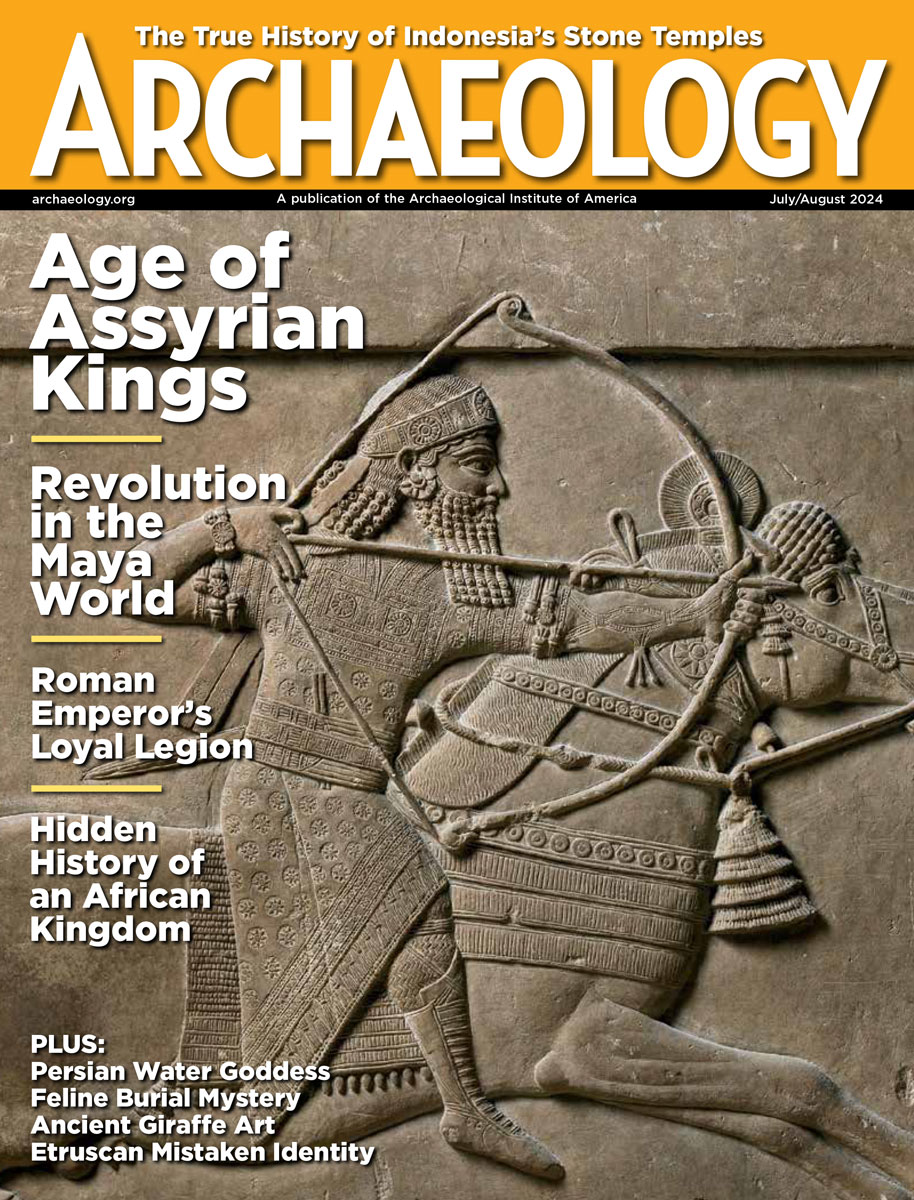Wednesday, April 4
April 4, 2012
A study of mitochondrial DNA by an international team of scientists suggests that Neanderthals almost died out in Western Europe before coming in contact with modern humans. Genetic samples of Neanderthal DNA that were more than 50,000 years old showed a high degree of genetic variation, but those DNA from samples less than 50,000 years old suggest that the population was very small. “The fact that Neanderthals in Western Europe were nearly extinct, but then recovered long before they came into contact with modern humans came as a complete surprise to us. This indicates that the Neanderthals may have been more sensitive to the dramatic climate changes that took place in the last Ice Age than was previously thought,†explained Love Dalén of the Swedish Museum of Natural History.
Further testing, including isotope analysis, has shown that bones and teeth unearthed in Oxford, England, four years ago are not those of Danish settlers killed in the Brice’s Day Massacre of 1002, but rather could be Viking marauders avenging those victims. “The Danish army sacked Oxford in 1009 and the town succumbed to King Sweyn Forkbeard of Denmark fully in 1013. These men could have been part of those attacks, and [their injuries] maybe suggest Oxford put up a good fight,†said archaeologist Tom Hassell.
The debt crisis continues to impact Greece’s archaeological heritage. Funding for the country’s archaeological services fell 35 percent last year, and will drop again this year. One tenth of the culture ministry’s employees have lost their jobs. Museums and archaeological sites are closed or end their visiting hours early for lack of guards. Looting is on the rise, and even museums have been robbed. Only a few excavations and archaeological projects, such as the restoration of the Athens Acropolis and the Minoan palace complex on Crete, are financed by the European Union.
Robert Benfer, professor emeritus of the University of Missouri, thinks that the oldest known animal effigy mounds may be in Peru. The mounds, spotted in coastal valleys using satellite images, were probably aligned with constellations of stars or the rising of the sun on the June solstice, in order to keep track of time. It had been thought that animal mounds were limited to North America, with a few exceptions. “It’s especially unexpected to archaeologists like me who had walked over some of these sites before without realizing what we walked over,†he said.
The well-preserved remains of a young mammoth discovered frozen in Siberian ice appears to have been killed by lions and then butchered by humans at least 10,000 years ago. “This is the first relatively complete mammoth carcass – that is, a body with soft tissues preserved – to show evidence of human association,†said Daniel Fisher of the University of Michigan’s Museum of Paleontology.
- Comments Off on Wednesday, April 4









